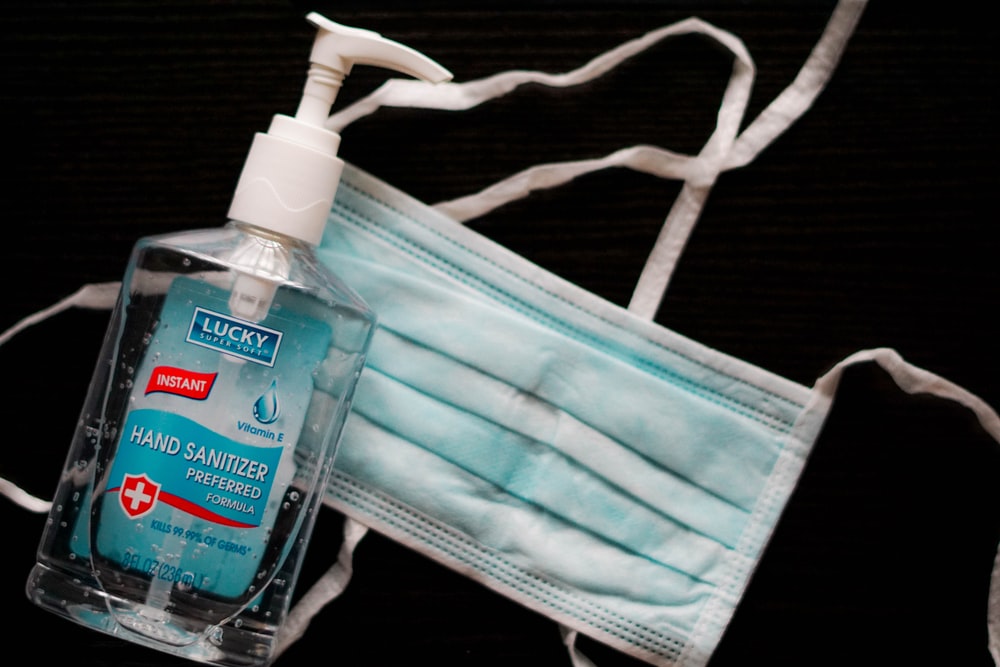Due to the coronavirus pandemic, over the past 6 to 7 months, we’ve all received an unprecedented crash course in how viruses work. We sympathized, empathized, and collaborated on virtual platforms. We started making cloth masks, baking bread, cooking food, and growing greens in our yard.
COVID-19 changed every aspect of our lives, our thinking process, and our future too. Stockpiling food supplies in the pantry has become mainstream, and hand sanitizers and masks have become mandatory. As we get ready for a potential rise of coronavirus cases in the fall season, there are some items that we must house in our emergency or first aid kits.
The Basic Arsenal Against Coronavirus
When deciding to refresh your first aid kit to adapt to the new normal, it is critical to consider all the challenges that the deadly virus can pose. Everyone knows that wearing a mask before leaving home is a principle. When choosing the supplies to add to your kit, be mindful of the symptoms of the infection. Loss of taste and smell, fever, coughing, and body pain are some of the most common ways COVID-19 presents itself. Medication and supplies that alleviate those symptoms would be an excellent addition to your first aid kit. Here are some essential supplies that must be a part of your refreshed first aid box.
- Disinfectant wipes
- Hand sanitizer (60% alcohol)
- Gloves
- Thermometer
- General over-the-counter medications
- Pain-alleviating medications as recommended by your physician
- Fever reducer medications as prescribed by your physician
Should You Keep an Oximeter Too?
Father of two, John Reed, gave us his reasoning for getting almost everything when updating his emergency kit. He kept tabs on the virus early on, and he had an idea that things will go worse quickly. He was panic-stricken and didn’t want to go to the hospital for medical conditions that could be treated first-aid t home. His first aid kit comprised bandages, antibiotics, alcohol wipes, splints, stethoscope, trauma shears, iodine wipes, gauze, blood pressure cuff, dressings, sting swabs, tourniquet, ammonia ampules, hot and cold packs, water straws, hand sanitizer, masks, eyewashes, and nitrile gloves.
But that wasn’t it; besides this “basic” first aid kit, he also stocked an airway kit, a CPR kit, and a suture kit.
As we mentioned earlier, it’s essential to consider your family needs and the virus symptoms while adding supplies to your first aid kit. However, as far as the oximeter is concerned, Dr. Albert Rizzo of American Lung Associations says that it isn’t necessary for first aid kits. According to him, people can get too stuck to the numbers that they begin ignoring other symptoms.
First Aid for Kids
Besides the necessary COVID-19 first aid supplies mentioned above, here’s what you can add to your kit if you are a parent.
- Sanitizing wipes for kids
- Face mask for kids
- Kid’s cold and cough relief medication
- Pain alleviator for kids
- Lozenge lollipops for sore throat
Amid this pandemic, it’s better to stay home and treat minor medical conditions and injuries without rushing to the nearest healthcare facility. To make it possible for you, we’re offering Canadian Red Cross first aid training in Vancouver, Surrey, and other major cities in BC.
Our comprehensive training includes courses for OFA Level 1, OFA Level 2, OFA Level 3, Emergency First Aid (EFA), Standards First Aid (SFA), and CPR/AED Level C.
Contact us for more information about our courses and schedules.







